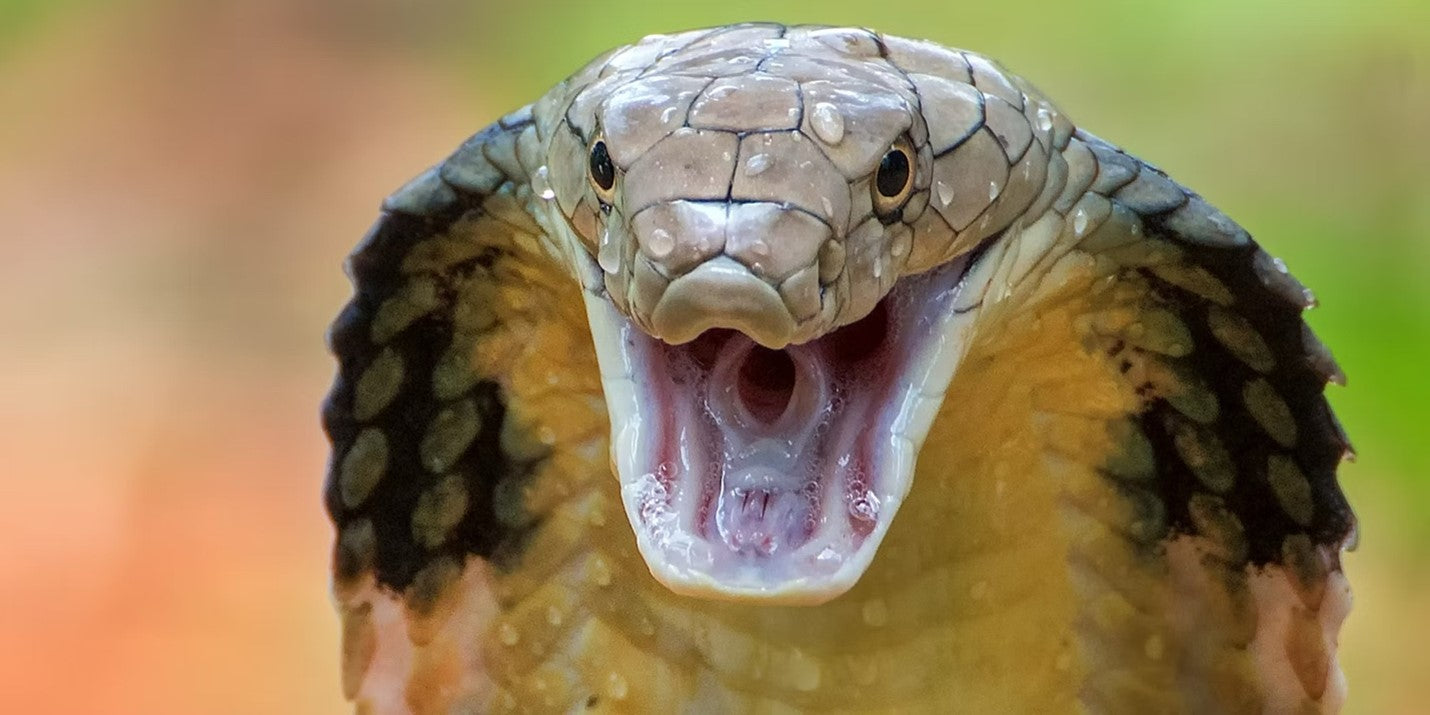
Anxiety Disorders, Panic, Phobias and Fear
Fear of snakes is called Ophidiophobia, and approximately half the population of America has a form of it to one degree or another. It’s a fairly common phobia.
Back in 1982 I attended a “Steven Spielberg Weekend” at an old estate in Tarrytown, New York. In 2 and ½ days, we watched every single movie Spielberg had made up to that point from Amblin (a ten-minute student film about spitting cherry pits into the middle of a road) to ET. (Fun fact: Allen Daviau was the camera operator or DP for both Amblin and ET.) After each film, Spielberg would answer questions and share fun facts like the one above. Upon seeing Raiders of the Lost Ark, I asked him: How could Indiana Jones be so unbelievably fearless on the one hand and yet still be SO afraid of snakes on the other hand?
Spielberg explained that phobias are like that. They are very specific. I never really bought that explanation until just last week when I attended an all-day workshop on Anxiety Disorders and Phobias in North Haven, CT.
Of all the different anxiety disorders phobias are by far the most common. There are just so many different ones from fear of dying to fear of flying and from claustrophobia to agoraphobia that as a group, phobias are by far the most common mental health problem in the US. Most people figure out a way to work around or with their phobias – and can have just ONE phobia (like Indiana Jones) and be fine everywhere else. Right after 9/11 I developed a phobia about flying and I would drive long distances to avoid getting on planes. (Check out this short video on how I got over my Fear of Flying)
During the all-day program in North Haven, we looked at six forms of anxiety including Panic disorder, Social Anxiety disorder, Generalized anxiety disorder, Obsessive compulsive disorder (OCD) Post traumatic Stress Disorder (PTSD) and the sixth one, Mixed Anxiety and Depression Disorder, which our presenter, Dr. Mark S. Schneider said technically was not a separate disorder. Since 44% of anxiety patients have depression and 38% of depression patients have anxiety these symptoms are often comorbid. So important to note that these two separate disorders quite often travel in pairs.
He started out the program by listing the prevalence of these different
Anxiety Disorders:

An anxiety disorder is all about the future. He defined it as “ apprehensive anticipation of future danger or misfortune accompanied by feelings of worry, distress and or somatic symptoms.” He said the term “anticipatory anxiety” is redundant. You are always anticipating what bad things might happen when you suffer from anxiety. He also mentioned that some medical conditions could mimic anxiety disorders including hypoglycemia, hyperthyroidism, balance disorders, certain drug reactions and withdrawal from certain substances including alcohol. Even a Saturday night spent drinking can lead to withdrawal like symptoms the next day that can mimic an anxiety attack; A person with a balance disorder might become afraid to leave the house and is incorrectly diagnosed as agoraphobic.
As I’ve gotten older, I’ve come to accept and embrace my anxiety. That may explain why I’ve spent my entire career teaching others how to manage stress. They say you teach what you most need to learn. I remember how comforting it was to read that anxiety IS a good thing: It keeps you alive and can help you steer clear of trouble. Up until that point in my early thirties, I saw it as something that interfered with my life, not something that added a measure of safety.
First degree family members Dr. Schneider explained, are at a 4-6 times greater risk for developing anxiety disorders but it’s not necessarily genetics that is the cause. Anxiety can be handed down environmentally (through nurture) and or genetically (by nature), or as it was in my case, through a combination of both nature and nurture. My parents were anxious people. My mother was probably born that way and my father almost certainly developed an anxiety disorder (possibly PTSD) commanding a Navy ship during WW II.
My father did his best to keep his anxiety under wraps, but my mother made no such pretense. She was always happy to share her anxieties with me: Cutting out newspaper articles about all things dangerous in the world. I remember one article she left on the kitchen table about a boy who electrocuted and killed himself trying to get a piece of toast out of a toaster with a metal knife.
Surprisingly, Dr. Schneider explained, life events like the death of a parent, divorce or moving from town to town are NOT predictors for the onset of an anxiety disorder later in life. In these cases, other family members fill in the gaps and prevent anxiety from occurring later in life. The one exception to this rule is for children who are put in foster care. When the family is taken away from the child, that truly is a predictor of anxiety disorders.
In part 2 of this 10-part series we’ll look at the stress response and the biology of Anxiety; I.e., too much gas and not enough brakes.





James Porter
Author